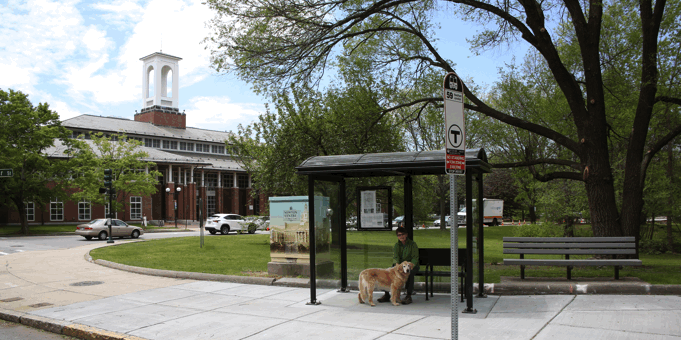An estimated 42% in 2016, according to Secretary of Transportation Stephanie Pollack. The increase in GHG emissions from transportation has surpassed the gains made in reducing emissions from the building and electricity sectors combined. The single most important goal to reducing transportations GHG emissions is increasing shared transportation – ‘more people in fewer vehicles.’ Secretary Pollack was speaking at the Metropolitan Area Planning Council’s meeting on insights from the recently released Governor’s report on the Future of Transportation in Massachusetts.
A panel of speakers answered questions including – what can local communities do?
- Local communities need to focus on land use (housing to reduce sprawl, retail to serve local communities), access to streets and curb space (parking spots, bus lanes, Ubers in bike lanes, etc.), and working across city/town lines to create HOV/bus and bike lanes and other shared transit options.
- Local communities can break down siloing of transit services, such as school buses which students, but not teachers, can use to get to school.
- They can also work on equity. Privatization of shared transit (shuttles, Uberpool, etc.) won’t improve transit equity. Businesses will not address transit equity issues, so communities need to find good solutions.
The complete report on the Future of Transportation is available online on the Commission on the Future Transportation website.



Recently on Twitter